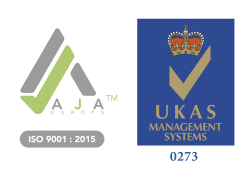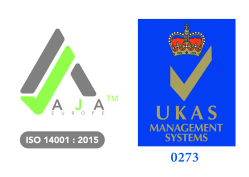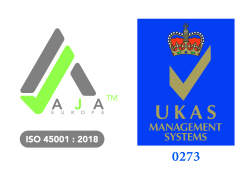Performing risk assessments in the workplace
A risk assessment involves identifying the hazards present in any working environment or arising from commercial activities and work activities. If reasonably practicable, employers should eliminate the hazards from a given situation. For example, a painting and decorating company’s employer could switch spirit-based paints for water-based paints to eliminate hazardous substances that generate unpleasant vapours and odours.
Where it isn’t reasonably practicable to eliminate a hazard, employers should evaluate the extent of the risks that could arise from the hazard. For example, if an employer can’t eliminate the use of a drill, they might ask their employees to use a cordless drill instead of a cable-connected drill. Although all drills present hazards, the hazards associated with a cable connected drill include tripping over the lead on top of the standard drilling hazards, which include noise, vibration, hidden and adjacent services and ejected particles and dust.
Who undertakes risk assessments?
Employees should be involved in the risk assessment process. They may know or notice things that are not obvious to the assessment lead and may have some good ideas on how to remove hazards and/or control risks. Their early involvement can save a considerable amount of time and effort.
Employees who perform risk assessments should have the necessary skills, knowledge and experience to do so. Employees may perform risk assessments alone or with colleagues who are also familiar with the task/situation that needs assessing.
Alternatively, someone from outside the business may perform risk assessments, such as a consultant.
Control measures
For a risk assessment to be effective, employers should clearly state what each control measure is. For example, they should identify exactly which type of gloves employees should wear (latex, PVC or cut-resistant) for certain jobs. Employers should also state which specific items of company-issued personal protective equipment employees should wear and use. For example, they might instruct employees to wear impact-resistant goggles, an FFP3 dust mask and safety footwear.
ETD’s Risk Assessment Course explains how employers and employees can perform thorough risk assessments to ensure safety in the workplace.
ETD’s online Risk Assessment Course
To learn more about performing risk assessments in the workplace, you can purchase ETD’s online Risk Assessment Course. Follow these five simple steps to get started.
· Create a free company account or single user account, selecting the £12+ VAT payment scheme.
· Purchase your user accounts using the online Elavon platform.
· For company accounts, create your user accounts (using unique usernames) and activate each user by pressing the ‘activate’ button.
· Purchase your online training by selecting the courses that you require. Ticking a course will instantly assign it to the user’s account.
· Once the courses have been assigned, single users can access the course under ‘my courses’. Company users can log into their account, go to ‘my courses’ and start the training.
If you require any assistance with the online training, then please contact our support team, who will be happy to help.







